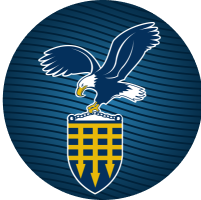AI-powered visual inspection uses computer vision AI to analyze machinery, production processes, inventory levels, and workplaces to ensure safe, efficient, and effective business processes. Production lines, heavy machinery, Piston rings, acoustical tiles, aircraft components, pipelines, highway bridges, television panels, contact lenses, printed circuit board assemblies, airport baggage, pharmaceuticals, food products, and workplace safety zones are just a few examples of areas that of the objects that can be monitored and analyzed with AI-powered visual inspection.
Automate Visual Inspection with Computer Vision AI
Visual inspection is critical to monitoring industrial machinery, transportation infrastructure, manufacturing output, workplace safety, and many other industrial processes. Today human visual inspectors conduct most visual inspections, but manual visual inspection is time-consuming and costly for organizations to deliver.
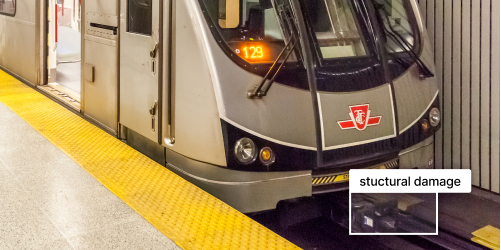
Many visual inspectors have niche expertise and require specialized training. Organizations worldwide are experiencing workforce shortages, and this labor shortage is driving the cost of visual inspection up even higher. Organizations need to provide products and services at high velocity with few defects, and visual inspection is a bottleneck in many industrial processes.
Computer vision AI automates visual inspection and can detect failures earlier and more effectively than manual human inspection. Visual inspection enhanced by computer vision can reduce equipment failures and maximize operational availability.
AI-powered visual inspection offers many advantages over manual inspection:
- Accuracy improvements
- Faster processing speeds
- Improved safety
- Increased uptime
Trends impacting heavy industry and transportation
As industrial equipment becomes digital and connected, the use of workers doing visual inspections is declining in favor of automated means. A large percentage of the existing inspection workforce is aging and retiring within five to ten years. Business leaders know that automation and digitization are ways to address labor shortages.
Robotic process automation (RPA) is causing a shift in how people work. Automating industrial processes will cause a seismic change in jobs by reducing repeatable, task-based roles while enhancing and creating new workforce roles. Automation helps workers gain skills, be more productive, and spend more time on higher-value tasks.
- 80% of organizations will use some form of computer vision to analyze images and videos by 2023. (Gartner 2022)
- 20%-30% of defects are missed when evaluated by manual inspectors. (Drury & Fox 1975)
- 97.5% of human inspectors only detect one defect in multi-defect items. (See 2015)
Using AI for advanced asset management
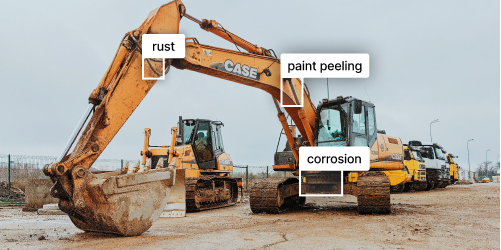
For manufacturers, airlines, industrial companies, infrastructure, or any capital-intensive business, timing equipment repair is a fundamental tactical outcome of asset management programs. In many cases, asset downtime can stop or suspend production. Being able to forecast parts, staff, and production downtime positively impacts productivity and reduces costs.
Organizations must improve asset efficiency. To make this happen, they need to evolve beyond “basic” asset management approaches like “run-to-failure” or maintenance based on time intervals and usage metrics (e.g., change your oil every three months or 3,000 miles). They also need to implement safeguards that notify the right people when a piece of equipment needs manual inspection.
Computer vision improves accuracy and precision and speeds inspection times. You decide whether and when to take maintenance actions or make capital improvements by visually inspecting the performance and condition of capital assets.
AI-powered visual inspection enables advanced asset management systems that improve mean time to repair (MTTR), mean time between failures (MTBF), overall equipment effectiveness (OEE), the percentage of planned versus unplanned maintenance events, and preventative maintenance compliance. It helps determine the optimal time to take maintenance actions, estimate or extend the remaining usable life of the equipment, and schedule repairs.
Asset productivity increases of up to 20% are possible, and overall maintenance costs may be reduced by up to 10%. (McKinsey 2020)
The journey from manual review to advanced asset management with AI:
Advanced Asset Management
- Financially optimized maintenance
- Reliability-centered maintenance (RCM)
- Predictive maintenance (PdM)
- Condition-based maintenance (CbM)
Basic Asset Management
- Planned maintenance (based on usage metrics)
- Planned maintenance (based on time periods)
- Run to failure (reactive maintenance)



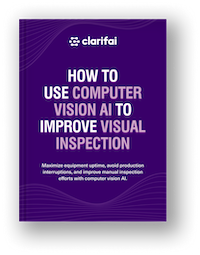
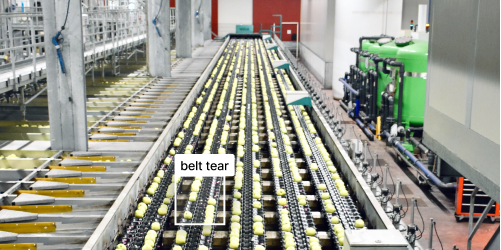 Quality assurance is any systematic way to determine whether a product or service meets specified requirements. Quality assurance prevents mistakes and defects in manufactured products or services to customers and typically deals with quality earlier in the product life cycle. Yield is another critical factor evaluated by quality assurance processes.
Quality assurance is any systematic way to determine whether a product or service meets specified requirements. Quality assurance prevents mistakes and defects in manufactured products or services to customers and typically deals with quality earlier in the product life cycle. Yield is another critical factor evaluated by quality assurance processes.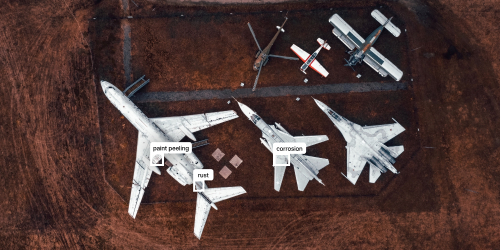 Automating quality testing with AI and advanced image recognition techniques for visual inspection delivers productivity increases of up to 50%. Specifically, AI-based visual inspection based on image recognition may increase defect detection rates by up to 90% compared to human inspection.
Automating quality testing with AI and advanced image recognition techniques for visual inspection delivers productivity increases of up to 50%. Specifically, AI-based visual inspection based on image recognition may increase defect detection rates by up to 90% compared to human inspection.

